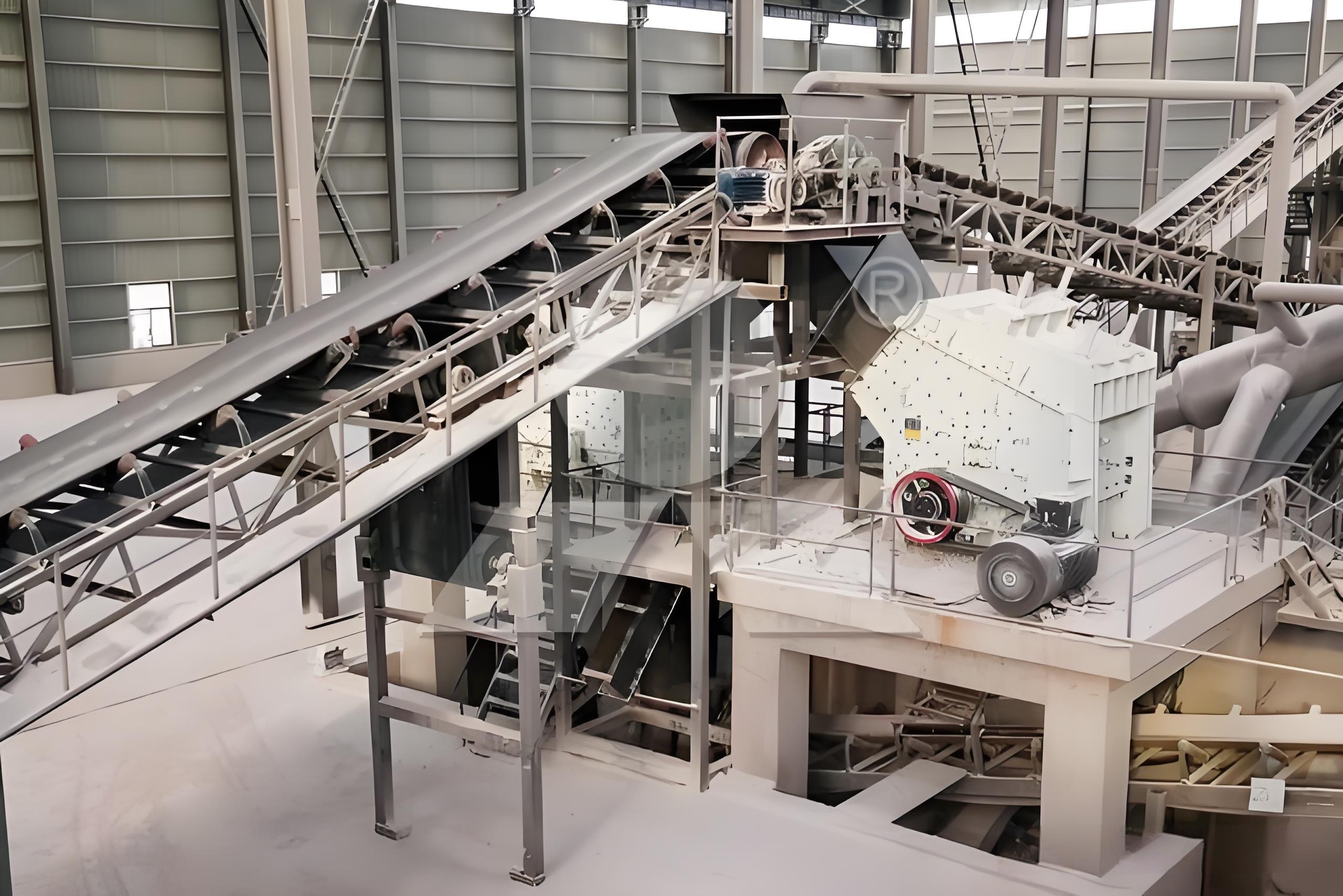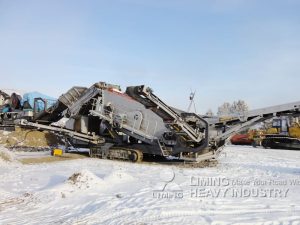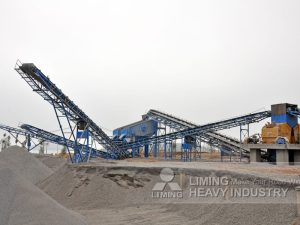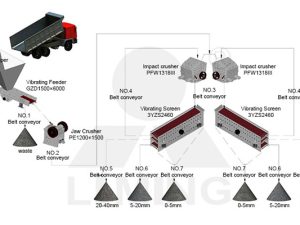Limestone is a kind of stone widely found in nature. Its main component is calcium carbonate. Limestone can be directly processed into stone and burned into quicklime by crushing equipment. According to the material characteristics of limestone (medium and low hardness, fragility) and production line requirements, today I will share with you the configuration and equipment selection of the three major production line solutions for ordinary mountain stone limestone processing.
I. Recommended crusher selection
1. Jaw crusher (coarse crushing)
Applicable stage: primary crushing, processing large limestone raw materials (feed size can reach 1500mm).
Advantages: simple structure, large processing capacity, low maintenance cost, suitable for high production capacity requirements.
Note: The discharge particle size is relatively coarse (usually 150-300mm), and it needs to be used with subsequent medium and fine crushing equipment.
2. Impact crusher (medium and fine crushing)
Applicable stage: secondary crushing, further crushing the coarsely crushed limestone to a smaller particle size (such as 20-50mm). Advantages:
The finished product has good particle shape (many cubes, suitable for construction aggregates);
The crushing ratio is large (up to 40:1), suitable for medium hardness materials;
Flexible adjustment, the discharge particle size is controlled by adjusting the gap between the impact plate and the rotor.
Notes: It is not suitable for high-hardness rocks, and the hammer needs to be replaced regularly due to wear.
3. Impact crusher (sand making/shaping)
Applicable stage: fine crushing and sand making, used to produce 0-5mm machine-made sand or fine aggregates.
Advantages:
Excellent particle shape, reasonable grading, meeting high-standard sand and gravel requirements;
Combining crushing and shaping functions to increase product added value.
Notes: The equipment investment is relatively high, suitable for production lines that require sand making.
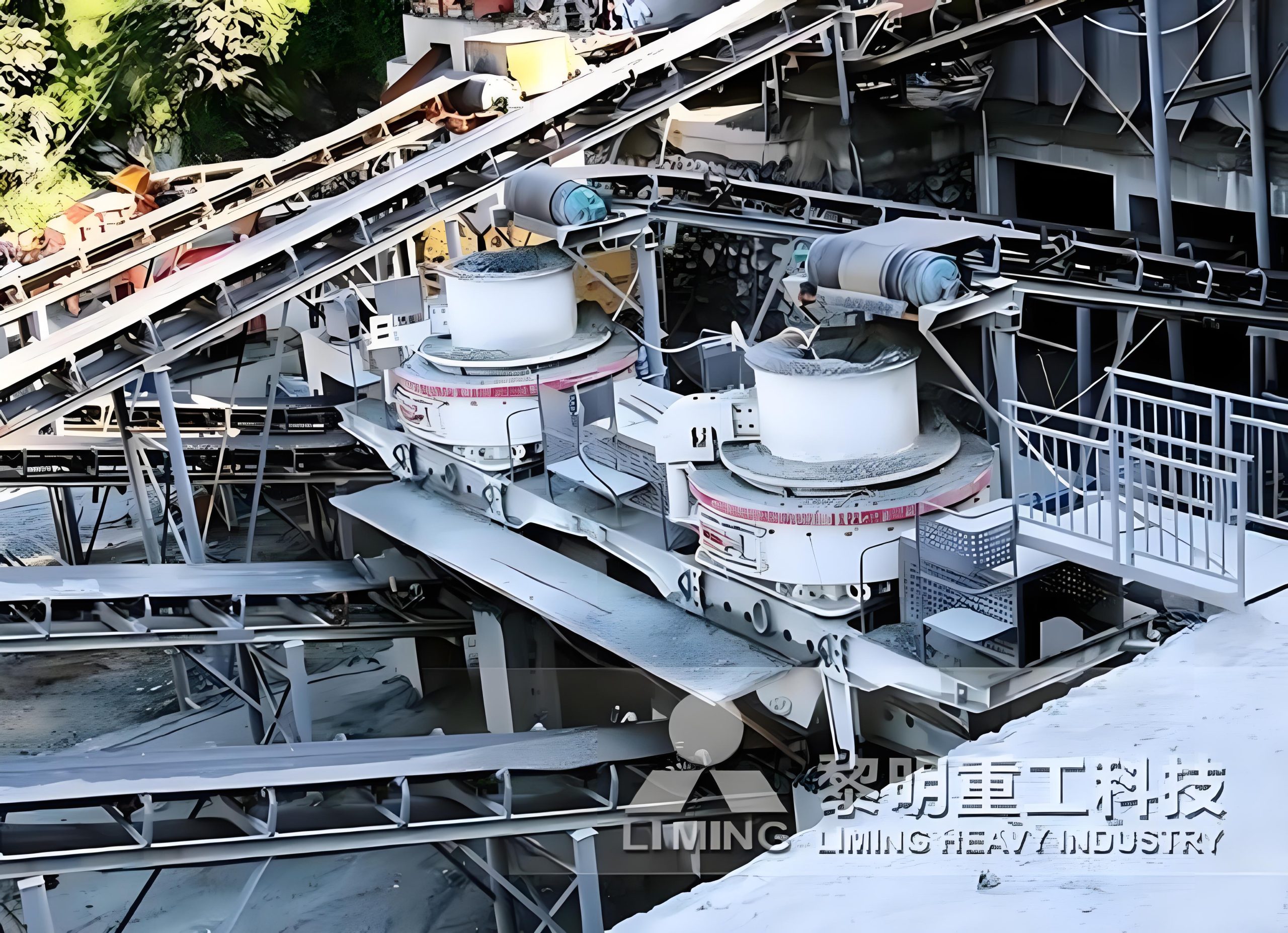
II. Production line configuration plan
Scheme 1: Basic aggregate production line (no sand making required)
Process:
Jaw crusher (coarse crushing) → Impact crusher (medium and fine crushing) → Vibrating screen (grading) → Finished product storage
Applicable scenarios:
Mainly produce building aggregates (such as 10-30mm, 20-50mm), no fine sand is required.
Features:
Low cost and simple equipment combination;
The impact crusher ensures the aggregate particle shape and meets the building material standards.
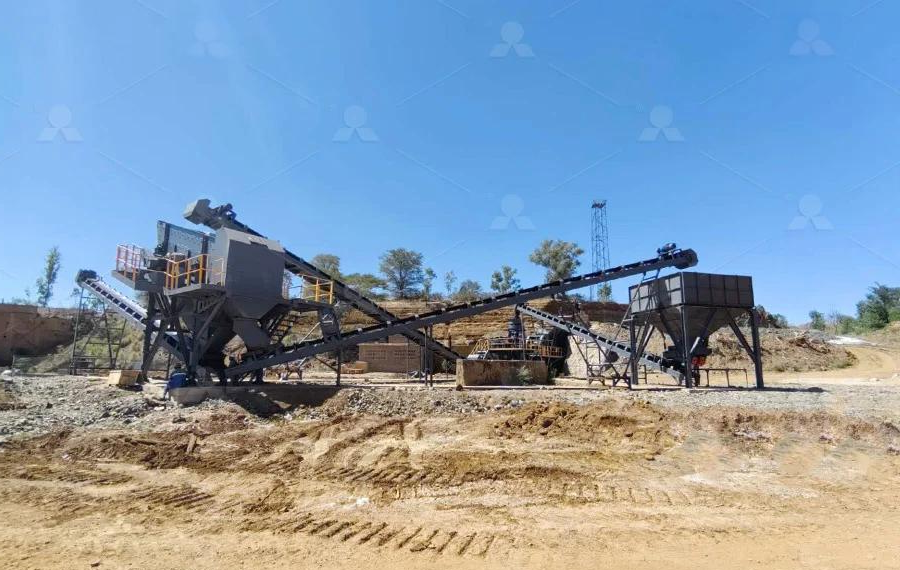
Scheme 2: Sand and gravel co-production production line (including sand making)
Process:
Jaw crusher (coarse crushing) → Impact crusher (medium crushing) → Impact crusher (sand making) → Vibrating screen (grading and return) → Finished product storage
Applicable scenarios:
Production scenarios that require both aggregates and machine-made sand (such as 0-5mm sand), such as commercial concrete stations and high-standard projects.
Features:
Impact crusher improves the quality of sand and the grading is controllable;
The screening system automatically returns the material to improve the utilization rate of raw materials.
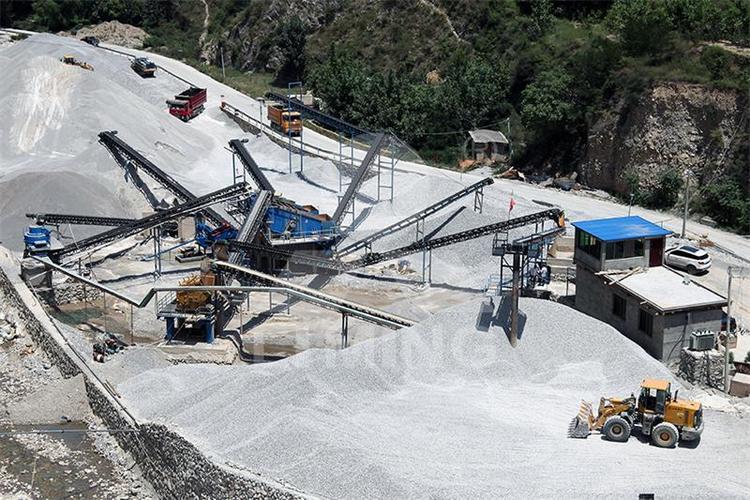
Solution 3: High-capacity optimized production line (1,000 tons per hour)
Configuration example:
Large jaw crusher (coarse crushing) → Multiple impact crushers in parallel (medium crushing) → Impact crusher (sand making) → Multi-layer vibrating screen
Applicable scenarios:
Large-scale limestone processing plants need to take into account both high production and product diversity.
Features:
Parallel equipment improves processing capacity and reduces single-machine load;
The investment is relatively high (about one million to ten million yuan), but the long-term return is stable. 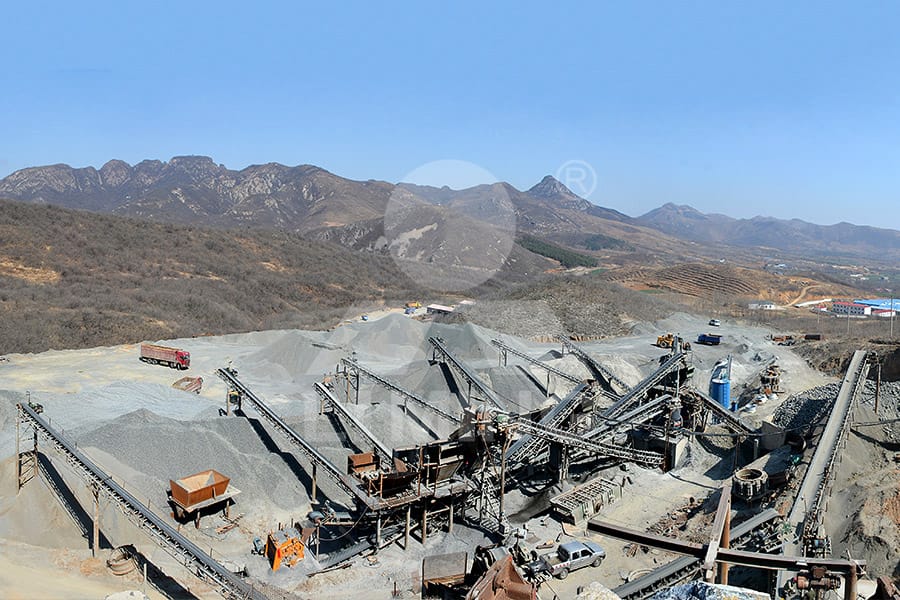
III. Key configuration points
1. Screening and return system:
The vibrating screen needs to be designed in layers according to the specifications of the finished product (such as sieve holes of 5mm, 10mm, 20mm, etc.);
Unqualified materials are returned to the crusher through a belt conveyor to form a closed loop.
2. Environmental protection and automation:
Dust removal equipment (such as pulse bag dust collector) is configured to reduce dust pollution;
The PLC automatic control system is used to reduce manual intervention and improve efficiency.
3. Budget and maintenance:
The cost of the basic aggregate production line is relatively low (million-yuan level), and the cost of the sand and gravel joint production line increases due to the addition of impact crushers;
Regularly maintain the impact crusher hammer, jaw crusher jaw plate and other wearing parts to extend the life of the equipment
The above are the common production line configuration and equipment selection for limestone processing. The specific configuration needs to be designed in combination with the output, finished product specifications and budget. If you have any questions, please contact our online engineers!


